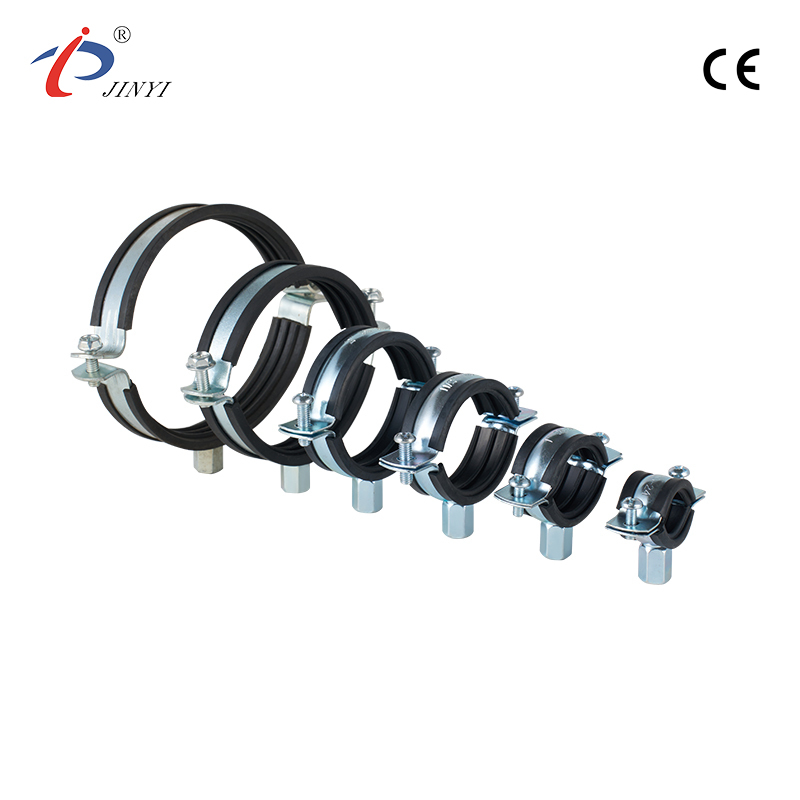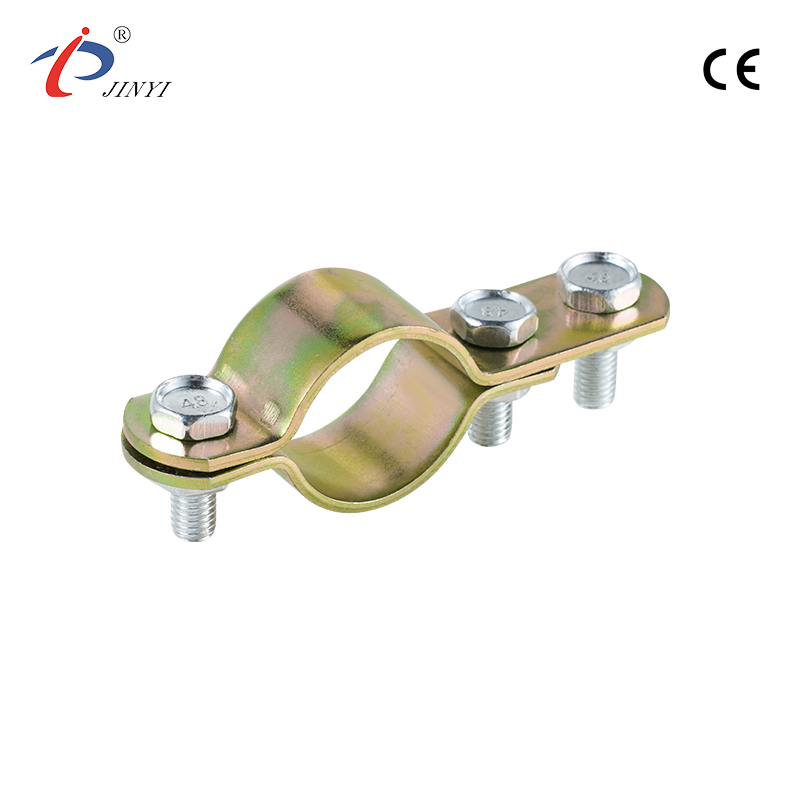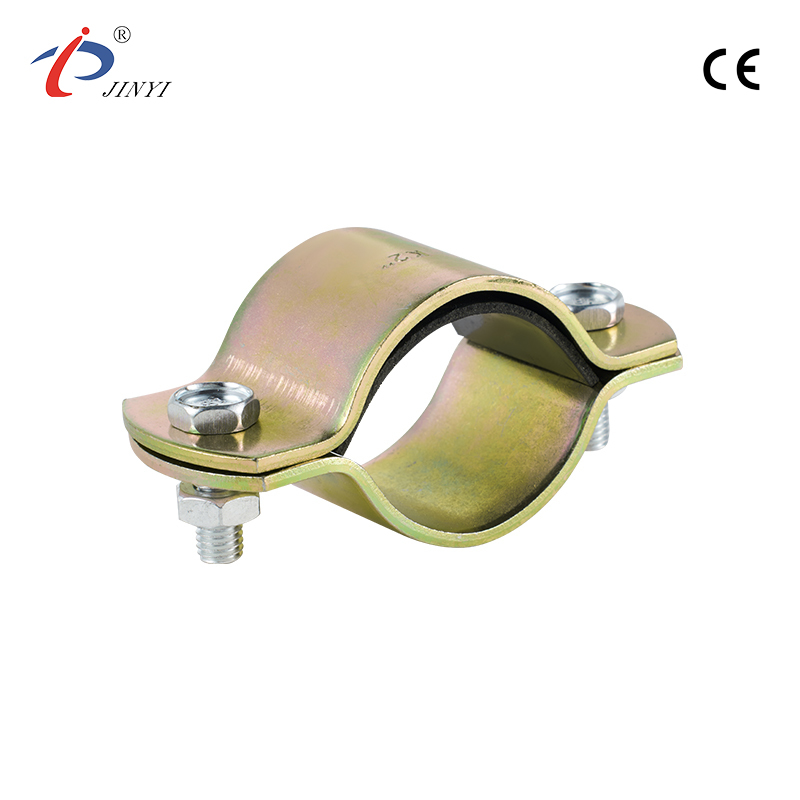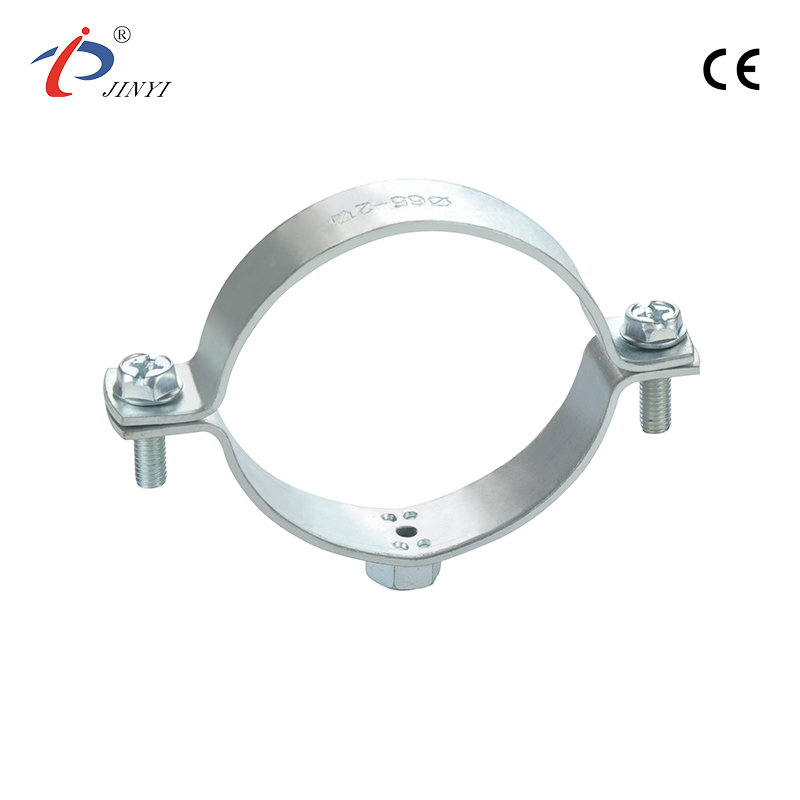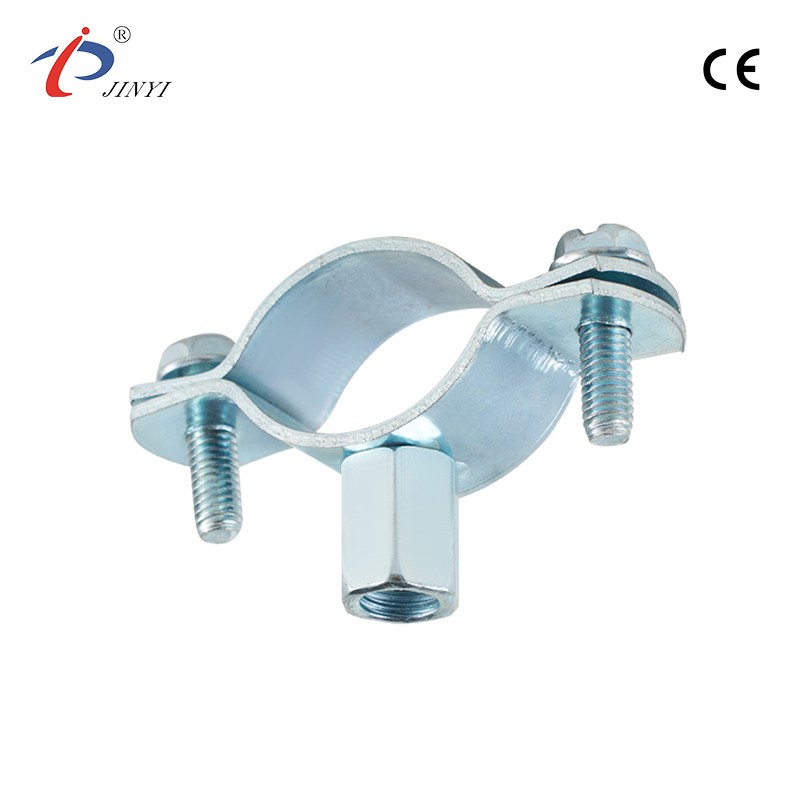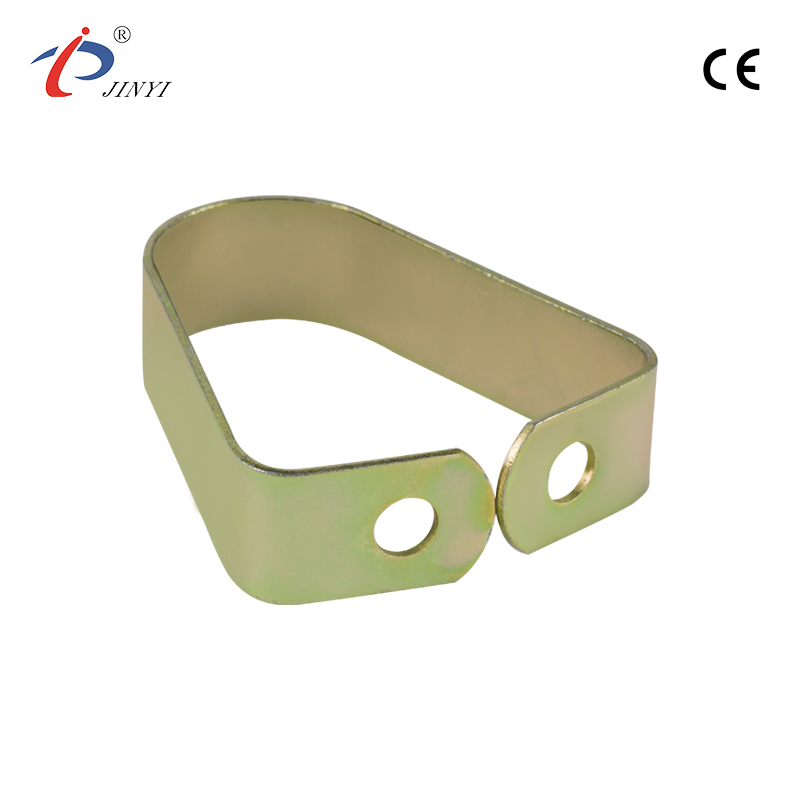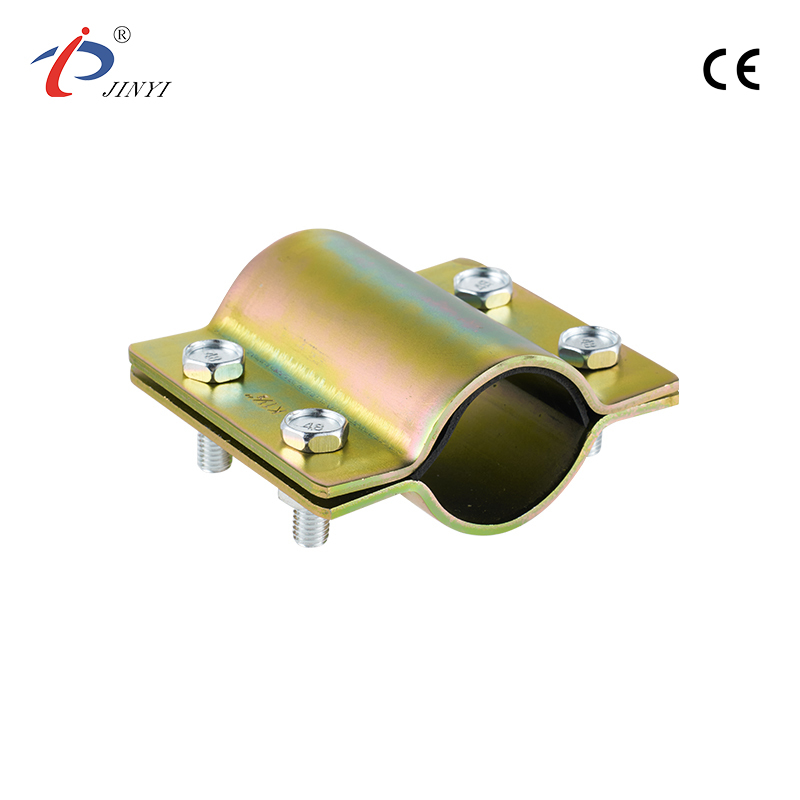Hydronic Harmony: Decoupling Tanks That Whisper, Not Rattle
2025-08-15
In the quiet functionality of well-designed plumbing and bathroom systems, Shower Bases Support Frame and Decoupling Tank components play pivotal roles in creating hydronic harmony. Their design focuses on addressing the subtle disruptions that can turn daily routines into irritants, proving that effective hardware often makes its presence known through absence of noise.
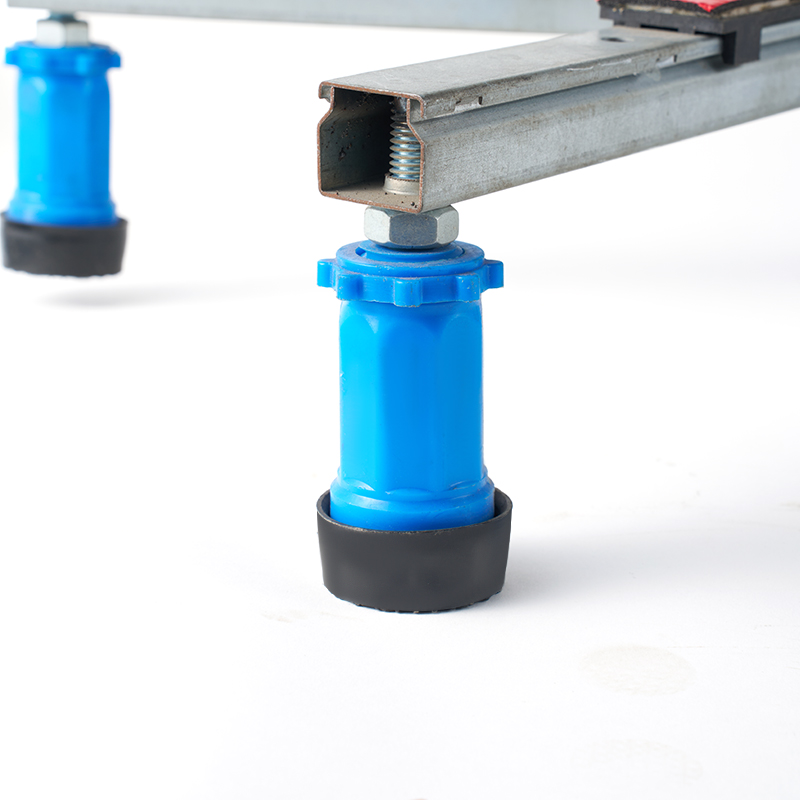
Shower Bases Support Frame: Quiet Stability Underfoot
Shower Bases Support Frame is engineered to prevent the creaks, shifts, and vibrations that can arise when a shower base bears weight. In residential bathrooms, where early-morning showers or late-night routines demand quiet, this stability is key. The frame’s structure is designed to eliminate movement between the shower base and the subfloor, a common source of noise.
Materials contribute significantly to this quiet performance. Steel frames, often galvanized to resist moisture, are rigid enough to distribute weight evenly, preventing the "squeak" that occurs when two surfaces rub against each other. Stainless steel, with its smooth finish, reduces friction between frame components, ensuring that even with repeated use, the frame doesn’t develop the loose joints that cause rattle.
Design details further dampen noise. Many frames include rubber or neoprene pads where the frame meets the shower base or subfloor. These pads act as shock absorbers, cushioning the impact of footsteps and preventing sound from transferring through the floor to other rooms. Adjustable legs, a common feature, allow installers to tighten the frame securely against the base, eliminating gaps that could
to movement. Cross-bracing, placed strategically between frame members, adds rigidity without adding weight, ensuring the frame remains stable even under uneven pressure—such as when someone leans against the shower wall.
Decoupling Tank: Silencing Water System Rattles
Decoupling Tank components address noise in a different part of the hydronic system: the water lines themselves. Plumbing systems can generate significant noise from water hammer, pipe expansion, or vibration from pumps. A Decoupling Tank mitigates these sounds by creating a flexible point in the line, absorbing energy that would otherwise translate into rattling or banging.
The tank’s design centers on sound dampening. Brass, a common material for tank bodies, is dense enough to muffle the sound of water rushing through pipes, while internal rubber diaphragms or gaskets absorb pressure fluctuations. When water flow stops abruptly, the diaphragm compresses, dissipating the energy that would otherwise send a shockwave through the pipes—eliminating the loud "bang" of water hammer.
Placement of the tank is critical for noise reduction. Installed near valves, pumps, or elbows in the pipe run, the tank intercepts vibrations before they travel to rigid components like wall studs or floor joists, which act as amplifiers for sound. In multi-story buildings, this is particularly valuable: a Decoupling Tank in a basement can prevent plumbing noise from echoing up through floorboards to bedrooms or living spaces.
The tank’s size and capacity are matched to the system’s needs. Residential systems, with lower flow rates, use smaller tanks that handle modest pressure spikes, while commercial systems with higher flow may require larger tanks to absorb more energy—ensuring noise reduction scales with demand.
How They Create Hydronic Harmony Together
In a well-integrated bathroom or plumbing system, Shower Bases Support Frame and Decoupling Tank work in concert to eliminate noise from both weight and water flow. The support frame ensures that stepping into the shower doesn’t send creaks through the floor, while the decoupling tank prevents the sound of water rushing through pipes or slamming valves from disrupting the quiet.
Consider a typical morning routine: someone turns on the shower, and water flows through the pipes. The Decoupling Tank absorbs the initial pressure spike, muffling the sound of water entering the line. As they step into the shower, the support frame’s rubber pads cushion their footsteps, and the tight fit between frame and base prevents the base from shifting. When they turn off the shower, the tank’s diaphragm absorbs the water hammer, eliminating the loud bang that might otherwise echo through the house. Together, these components create a sequence of quiet actions—no creaks, no rattles, no sudden noises—turning a functional routine into a seamless one.
In commercial settings, such as hotels or apartment buildings, this harmony is even more critical. Multiple showers and fixtures in use simultaneously can amplify plumbing noise, but a combination of properly installed support frames and decoupling tanks ensures that noise from one unit doesn’t disturb others.
In spaces where quiet matters—bedrooms, home offices, or nurseries—these steps transform hardware from a potential nuisance into a silent partner. Shower Bases Support Frame and Decoupling Tank may remain unseen, but their absence of noise speaks volumes about their role in creating hydronic harmony.



 русский
русский  Español
Español 